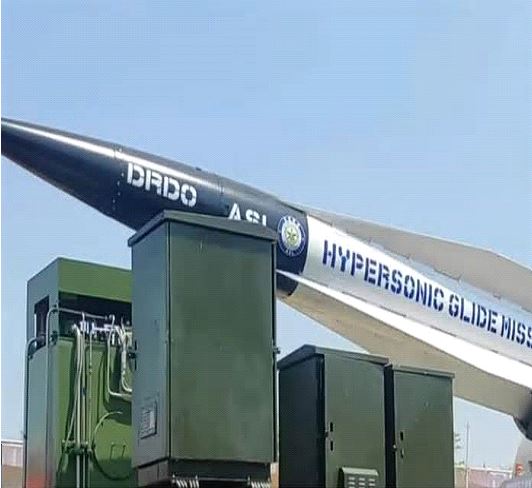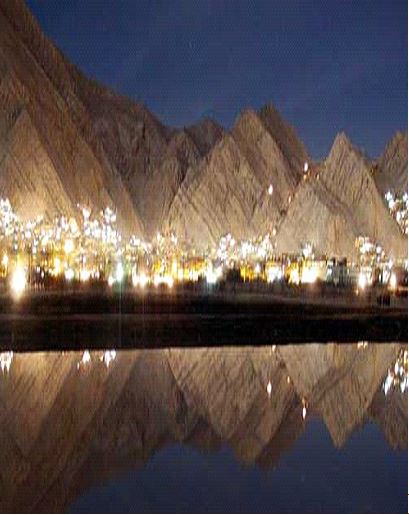
(By: Nida Shah & Kainat Rajput)
A strange glow lit up the skies of Baluchistan on the night of October 28, 2025 — spiraling trails of light, twisting clouds, and a golden hue that dazzled early risers from Quetta to Kalat. Within hours, social media was ablaze: “Pakistan has tested a hypersonic missile!” Some claimed it was the birth of a new super-weapon; others said it was merely nature showing off. But “what really happened? Was it a secret military test or just another atmospheric illusion?” This question is worth answering and discussing.
Official Silence, Public Speculation

Pakistan’s Air Force had already sparked curiosity in January 2024, when it announced possession of a “hypersonic-capable missile system” — a clear message that Pakistan was entering the next frontier of modern warfare. Since then, defense enthusiasts have been waiting for the first live test. So, when the skies above Quetta erupted in radiant swirls, the connection was instant. Has Pakistan finally joined the elite hypersonic club alongside China, Russia, and the United States? The Pakistan Meteorological Department (PMD), however, poured cold water on the excitement. In an official statement, it described the display as a “lenticular cloud formation” caused by moist air over the Koh-e-Murdaar mountain range — beautiful, yes, but entirely natural.
No confirmation came from the ISPR (Inter-Services Public Relations) or SUPARCO, the national space agency. Social media, however, insisted otherwise — even coining the dramatic term “NEOM Lights of Baluchistan,” linking the glowing patterns to the alleged missile’s afterburn.
The Reality
Independent fact-checkers have since reported that no verified hypersonic missile test took place in Pakistan on October 28. No satellite data, no radar tracking, and no official notification — all of which are typical indicators of a missile launch. Still, Pakistan’s previous advancements — such as the Fatah-4 cruise missile tested in September 2025 — make the rumors tempting to believe. Could the government have deliberately chosen to remain silent, keeping adversaries guessing? Even if the event turns out to be a meteorological spectacle, the implications are serious for India. A true hypersonic missile can travel at five times the speed of sound, striking before defense systems can even react. Such weapons are nearly impossible to intercept — and in South Asia’s tense environment, that means a drastic shift in strategic balance. Analysts warn that even the possibility of Pakistan developing this technology could push India to accelerate its own hypersonic and anti-missile programs.
In military psychology, fear is as potent as firepower.
- Cover-up or clever silence? Some claim Pakistan intentionally kept quiet — a tactic of strategic ambiguity designed to leave rivals uncertain.
- Optics war? The government may have quietly allowed the rumors to spread, using them as psychological warfare to project strength.
- China’s shadow: Critics point to China’s close defense cooperation with Pakistan and suggest possible technical collaboration behind the scenes.
- Baluchistan as launch ground: Its vast, sparsely populated terrain near the Arabian Sea makes it ideal for secret tests
So far, no confirmed hypersonic missile test has been acknowledged by Pakistan. The glowing “NEOM Lights” remain a mystery — perhaps nature’s art, perhaps human ambition. Yet the story has already served its purpose. Whether truth or illusion, it has reminded India, and the world, that Pakistan’s missile ambitions are far from idle.






